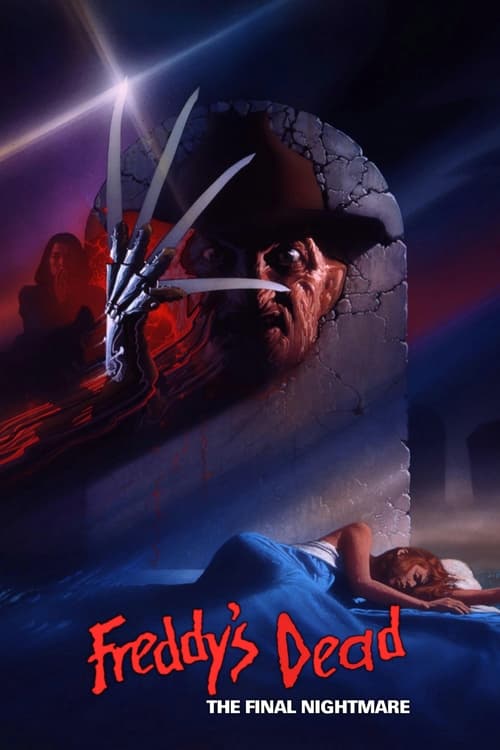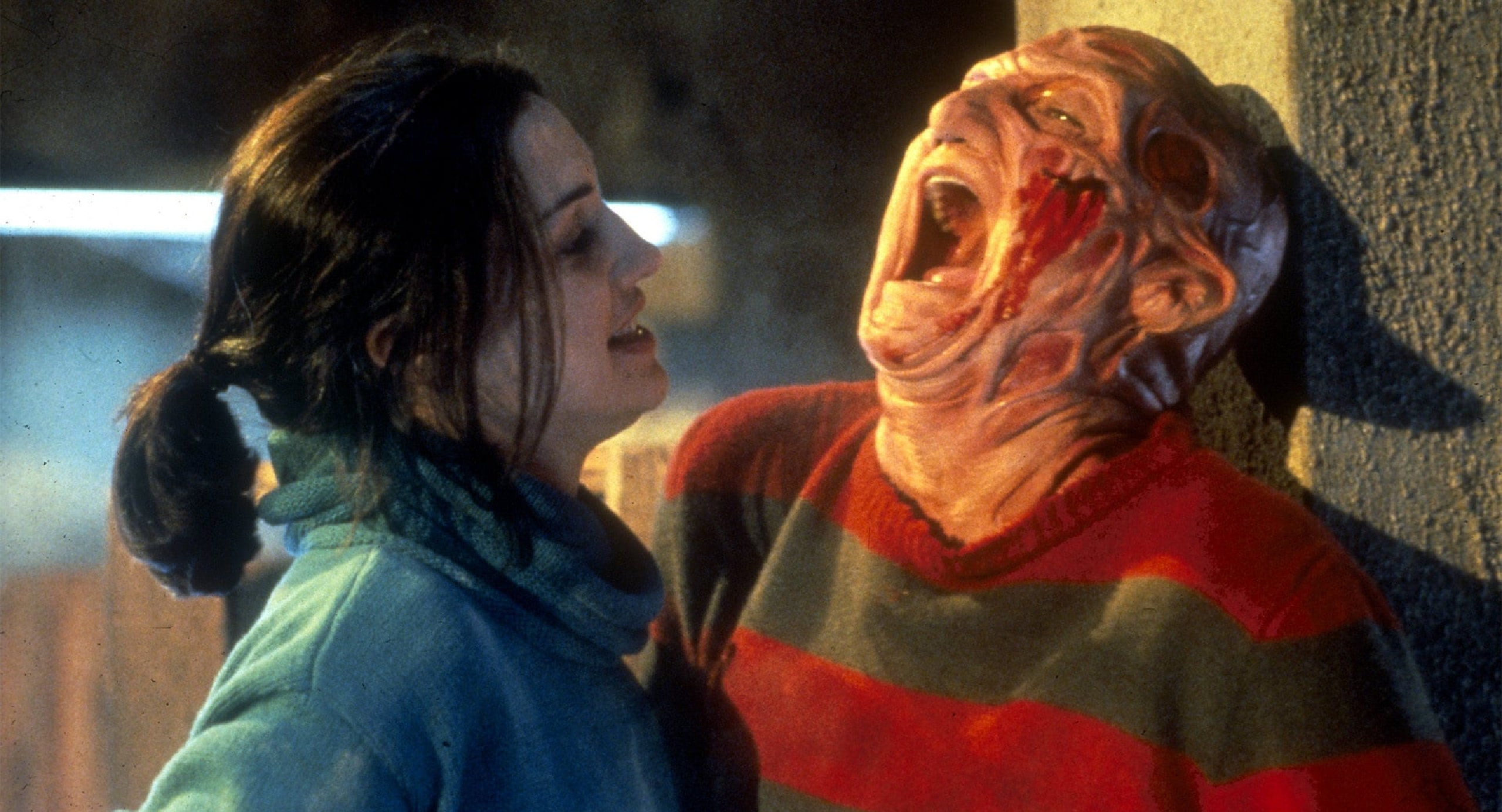Just when you thought it was safe to sleep, Freddy Krueger returns in this sixth installment of the Nightmare on Elm Street films, as psychologist Maggie Burroughs, tormented by recurring nightmares, meets a patient with the same horrific dreams. Their quest for answers leads to a certain house on Elm Street – where the nightmares become reality.
Rachel Talalay‘s Freddy’s Dead: The Final Nightmare marked the supposed conclusion of the iconic Nightmare on Elm Street series, which had been haunting audiences since 1984. However, instead of providing a fitting farewell to the beloved horror franchise, this fifth installment left fans disappointed and questioning whether it was truly the end. The film has many shortcomings, from its lackluster storytelling to its weak character development and questionable creative choices.
The film’s plot attempts to explore the origins of Freddy Krueger, the dream demon who terrorized Elm Street for years. Unfortunately, this exploration feels forced and contrived, diminishing the sense of mystery and dread that had been a hallmark of the series. We learn about Freddy’s abusive childhood, but the revelations don’t add depth to his character; they simply reduce him to a stereotypical villain with a tragic past. This attempt to humanize Freddy falls flat, undermining the very essence of his character.
The storyline meanders aimlessly, with a group of troubled teenagers inexplicably ending up in Springwood, Freddy’s hometown, despite their lack of any real connection to the previous films. The film relies on a series of bizarre dream sequences that often border on the absurd, making it difficult to become emotionally invested in the characters or the narrative.
One of the film’s most glaring missteps is its portrayal of Freddy Krueger himself. In earlier entries, Freddy was a menacing and darkly charismatic figure. However, in Freddy’s Dead, he devolves into a one-liner-spewing, cartoonish caricature of his former self. This transformation makes it hard to take him seriously as a villain, and it erodes the tension and terror that made the franchise so successful in the first place.
The characters in Freddy’s Dead are one-dimensional and forgettable. While the film attempts to delve into their troubled pasts, these backstories are underdeveloped and feel like afterthoughts. The teenage protagonists lack the depth and relatability of characters from earlier films in the series. Their struggles are presented in a superficial manner, and their eventual confrontations with Freddy lack the emotional weight and significance that made the earlier films memorable.
The decision to introduce a new character, Maggie Burroughs (Lisa Zane), as a long-lost daughter of Freddy Krueger, is a major misstep. Her connection to Freddy feels contrived and unnecessary, adding little to the overall narrative. Maggie’s character is thinly written, and her transformation from skeptic to savior lacks authenticity. This character’s inclusion only serves to further convolute an already convoluted plot.
One of the film’s biggest creative blunders is its attempt at humor and slapstick comedy. Freddy’s Dead veers into campy territory with absurd dream sequences, including a video game-inspired showdown between Freddy and one of the teenagers. These attempts at humor feel out of place and tonally inconsistent with the darker and more sinister tone of the earlier films in the series.
The 3D gimmickry employed in the film’s final act is more distracting than immersive. The use of 3D technology was a trend at the time, but it does little to enhance the overall viewing experience. Instead, it feels like a desperate attempt to compensate for the film’s lackluster storytelling and characterization.
While the film’s narrative and creative choices leave much to be desired, Rachel Talalay’s direction and the cinematography are competent. Talalay effectively captures the dreamlike quality of the Nightmare on Elm Street series, and some of the dream sequences are visually striking. However, her talent is hampered by the weak script and uneven tone of the film.
Freddy’s Dead: The Final Nightmare was intended to be the swan song of a beloved horror franchise, but it ultimately disappoints on multiple levels. The film’s lackluster storytelling, weak character development, and questionable creative choices make it a forgettable entry in the series. It failed to provide a fitting conclusion to the Nightmare on Elm Street saga and left fans longing for the earlier, more compelling films in the franchise. While it may hold some nostalgic value for die-hard Freddy Krueger enthusiasts, it falls far short of the standards set by its predecessors and remains a lackluster conclusion to an iconic horror series.

